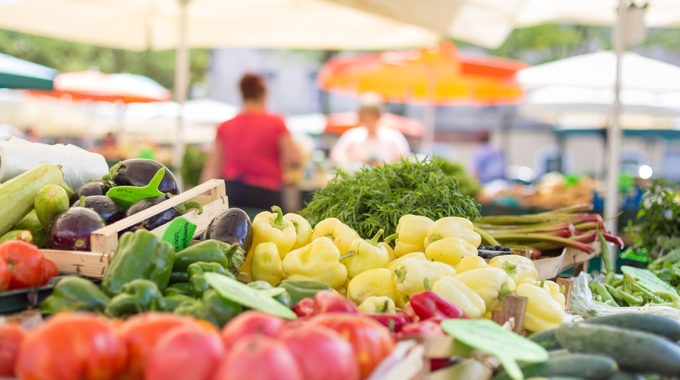Farmers’ markets bring silver linings
Glass half full, bright sides… We all need to look for the positive in our recalibrated, rearranged lives, and no more so than ensuring we eat healthy food as we hunker down at home. It’s that very basic need for nurture that has contributed to some very positive, and perhaps unexpected, outcomes for Australia’s farmers’ markets.
For the most part, our farmers’ markets have continued to trade as normal. Right from the onset of the pandemic, farmers’ markets were rated as essential services by federal and state governments. They’re essential in their host communities for reliable food supply; essential for farmers and artisan food producers to continue to fatten, harvest, make and bake local produce to maintain their food businesses; and essential for community wellbeing and the chance to shop outdoors in the fresh air. Wearing a mask, of course.
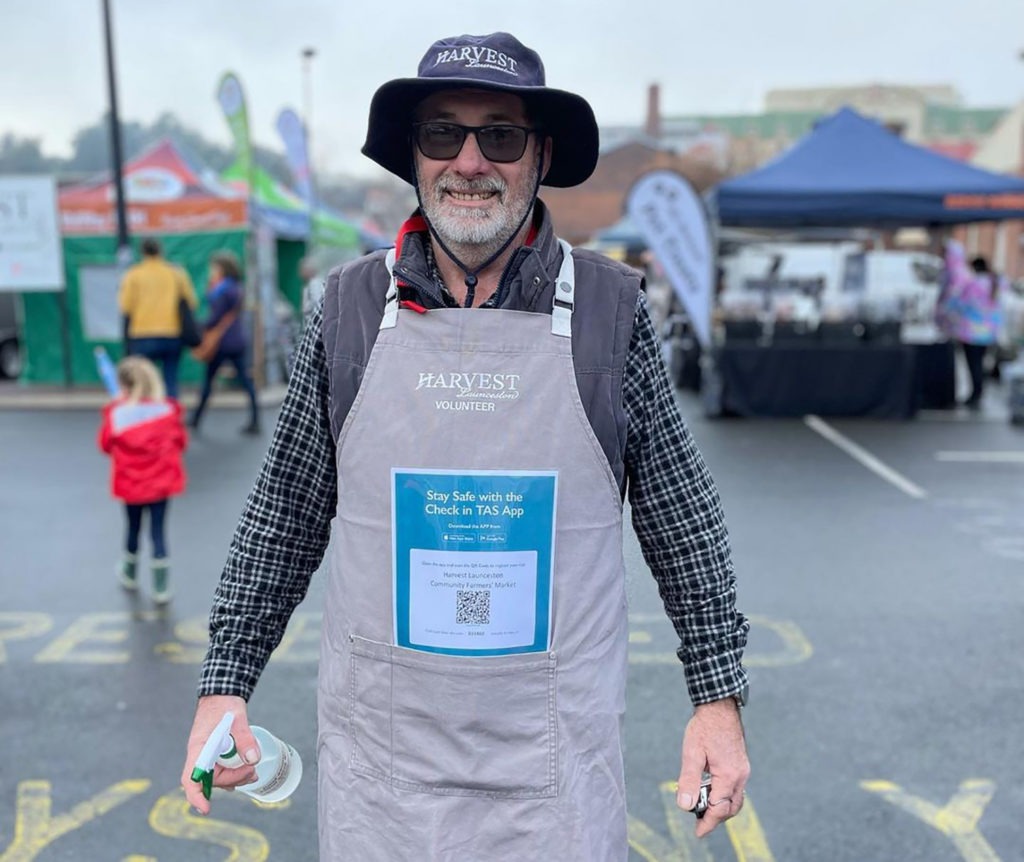
Safety first
The valiant efforts of farmers’ market managers and stallholders Australia-wide to pivot and take precautions to make their markets as safe as possible are to be applauded. They quickly adopted “shop safe” plans encompassing QR code check-ins, site reconfigurations to accommodate physical distancing, signage, marshalling and hand-sanitising stations.
Some markets launched home delivery market produce boxes. Harvest Launceston farmers’ market covered two postcode areas serving 270 families for 11 weeks of market closure with weekly mixed produce boxes. Turnover exceeded $200,000.
Other markets set up online click and collect boxes or ran “meet the producer” social media campaigns to link shoppers virtually to local producers.
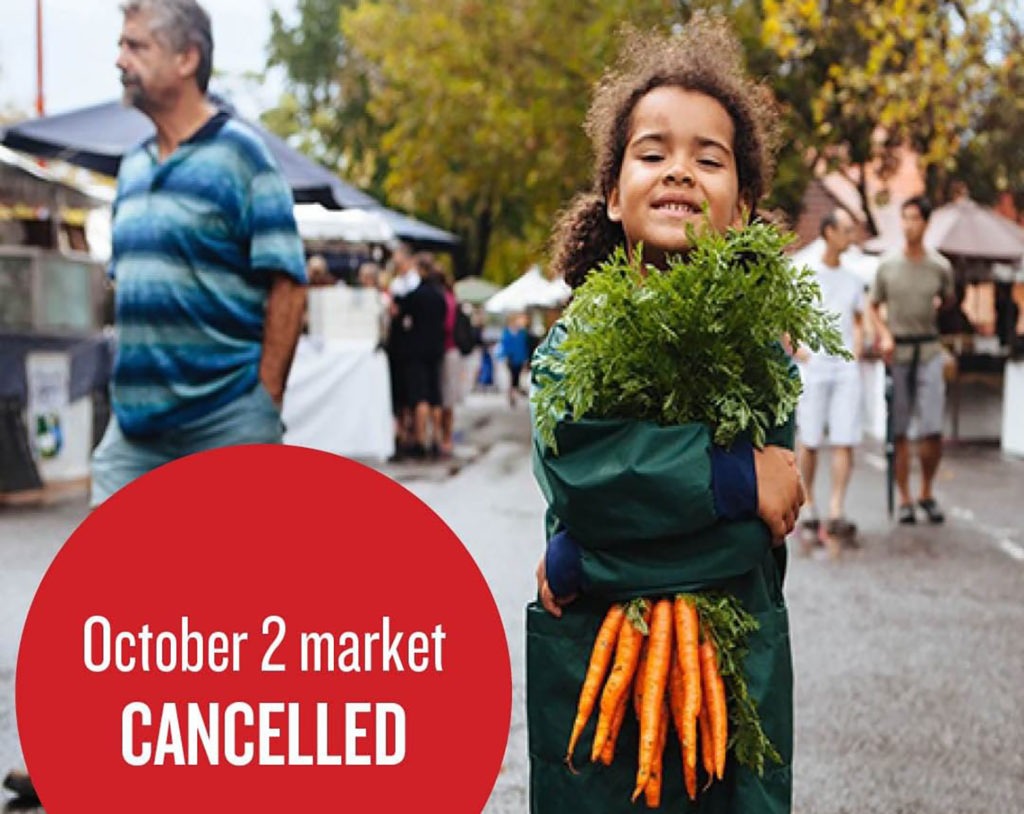
Temporary closures
Several markets made the decision to temporarily stop trading at different times during the past 18 months, for varying reasons. However, most have navigated their way to re-opening, depending on prevailing local public health orders.
Reasons for these closures have included impacts on older-aged market volunteers, while some stallholders chose not to travel from safer regional zones to sell at markets in capital city “red zones”. But most often, closures have been triggered by risk-averse local governments (some markets are hosted on council land) and misunderstandings around health orders and compliance. On occasion, stallholders not selling edible products have been asked to leave, as the “essential” status relates to food, not beeswax candles.
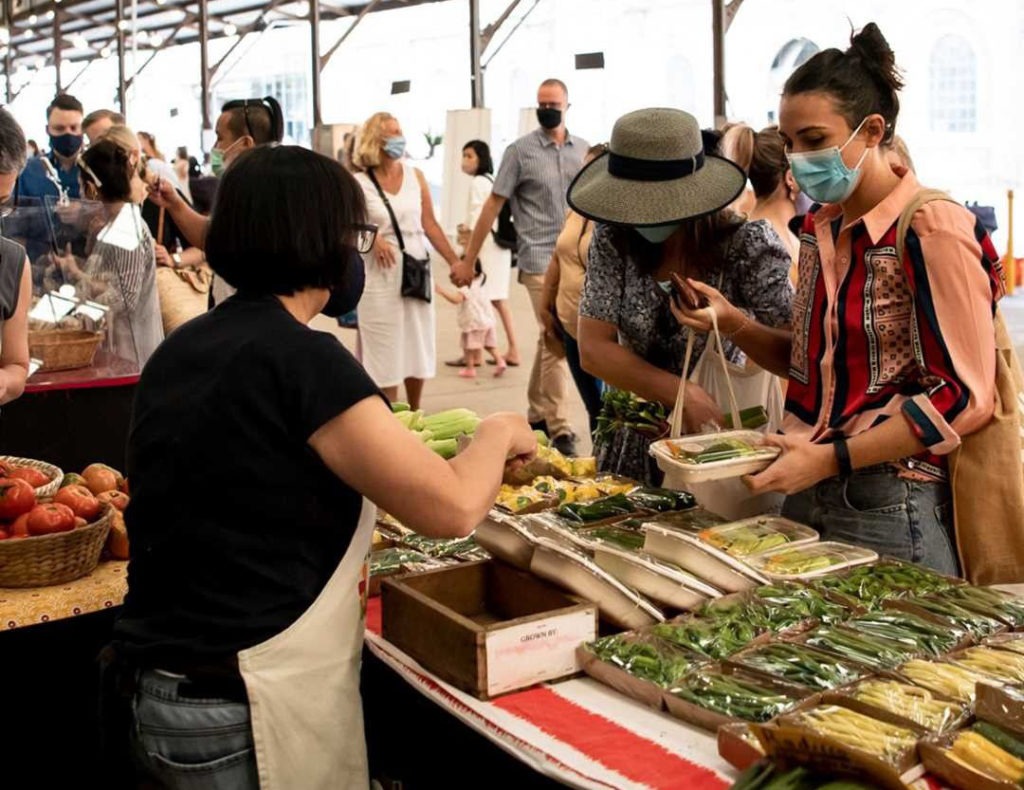
Staying power
Market managers, by nature, nurture their shoppers, their stallholders and involved community networks. More recently, they’ve also needed to develop their queuing theory and diplomacy skills to encourage the safest possible shopping practices.
There are approximately 200 authentic farmers’ markets trading regularly in all states. They are a permanent and vital link in our food chain. When supermarket chill cabinets were stripped bare of meat and chicken, it was still on sale at farmers’ markets. Ditto eggs, cheese, bread, fruit and veg – staples that families need. No shortages, just no toilet paper.
The resilience and vital role of farmers’ markets has been noticed, especially by government. The original advocacy undertaken to ensure farmers’ markets were deemed an essential service on par with supermarkets introduced both politicians and policymakers to the fact that farmers’ markets are integral to our food supply and its security, and to the livelihoods of many farmers and artisan food producers. Maybe, come the next election, they’ll also realise that market mornings are the ideal place to connect with constituents.
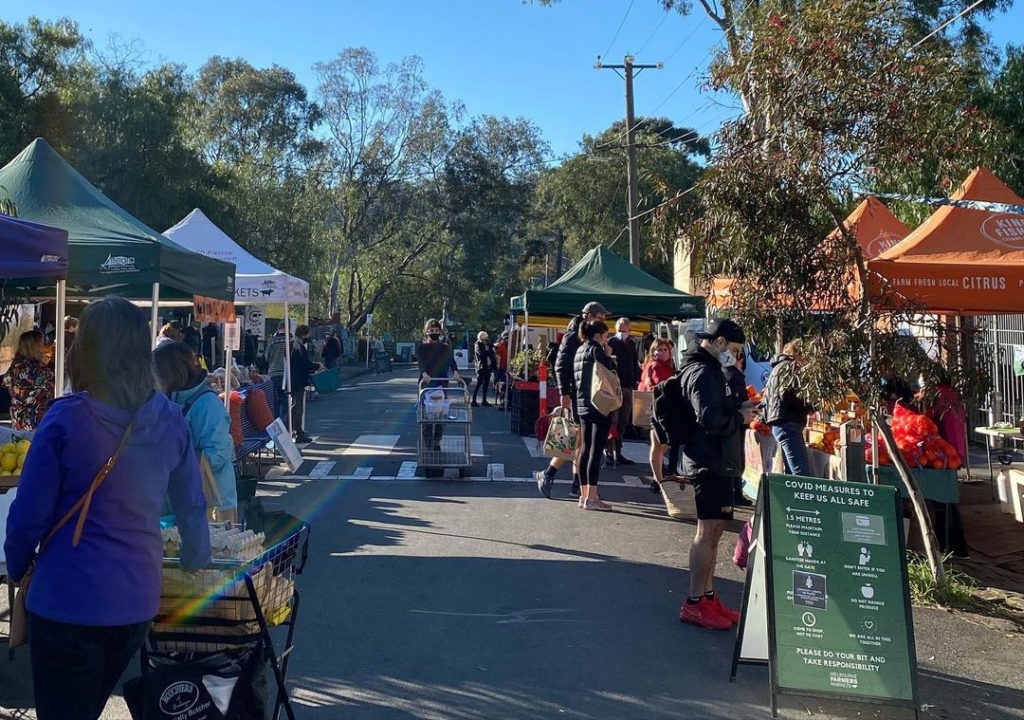
Market therapy
Indeed, social interaction on market day has been another benefit during lockdowns. Tables and chairs may have been removed from market sites to reduce risk, but at least shoppers can leave “home iso” for a convivial place, feeling safe shopping outdoors, mingling (at a distance) within their community. Just imagine – food shopping has become a shared, supportive and healing experience. Market therapy, in fact.
In Paris, it’s reported that sales post-COVID at street food markets have increased by 40 percent; sales in Italy have increased by 30 percent. In fact, entire streets have been turned into markets. In the US, advocacy and place-making groups are starting to talk policy to develop “market cities”, where policymakers and stakeholders can collaborate to foster markets, market infrastructure, business incubation and new food distribution networks. They’re literally thinking outside the (market) square to grow community food resilience and sustainability and bolster public health.
So, grab your basket and your mask and head out to your local farmers’ market. Be sure to pack a smile, too, because it seems that pandemics can have silver linings.
Jane Adams is Acting Chair of the Australian Farmers’ Markets Association. You can find your nearest farmers’ market at farmersmarkets.org.au


